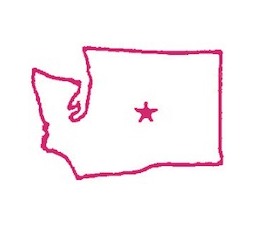Life Insurance
If insurance terms leave you dazed and confused, here's some helpful information about the four major types of life insurance policies. Keep in mind that definitions may vary slightly from company to company and from state to state. The capable staff here at CWI is always available to answer your questions:
Term Insurance - The simplest form of insurance. You purchase coverage for a specific price for a specified period. If you die during that time, your beneficiary receives the value of the policy. There is no investment component.
Whole Life - Similar to term, but you purchase the policy to cover your "whole life" not just a set period. Premiums remain level throughout the life of the policy, and the company invests at least a portion of your premiums. Some firms share investment proceeds with policyholders in the form of a dividend. Many companies will offer "a relatively low guaranteed rate of return," but in reality pay at a rate in excess of the guarantee.
Universal Life - You decide how much you want to put in over and above a minimum premium. The company chooses the investment vehicle, which is generally restricted to bonds and mortgages. The investment and the returns go into a cash-value account, which you can use against premiums or allow to build. With some policies, sometimes called Type I or Type A, the cash account goes toward the face value of the policy on the death of the policyholder. With a second variety, sometimes called Type II or Type B, the beneficiary receives the face value of the policy plus all or most of the cash account. While Type II is meant to provide a partial hedge against inflation, it demands higher premiums as you get older than Type I. A variation of a universal policy, often called universal variable life, allows policyholders to choose investment vehicles.
Variable life - With a variable policy, there is usually a wider selection of investment products, including stock funds. As with a universal policy, returns on investments can offset the cost of premiums or build in the account. And depending on the type of policy, the beneficiaries will either receive the face value of the policy or the face value plus all or part of the cash account.

